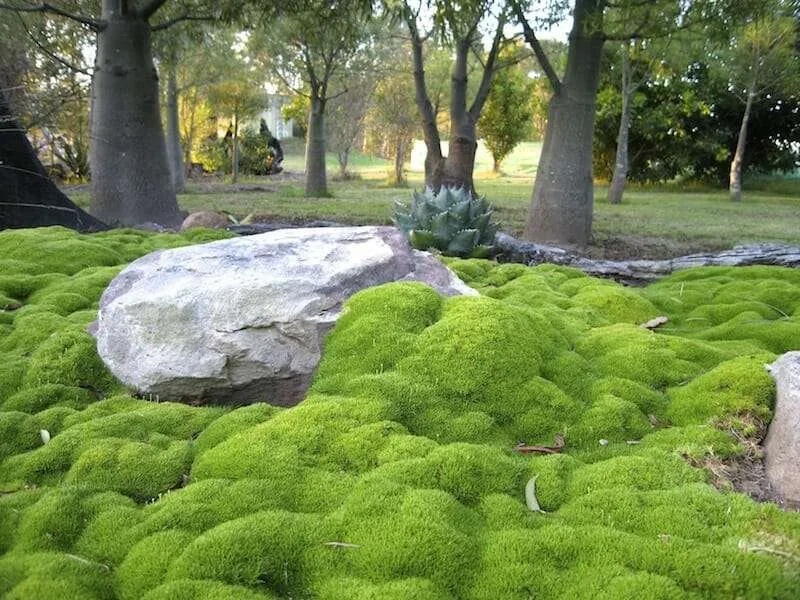Silver tussock, Poa cita
Did you know that some of your favorite grasses might be on the “Do Not Plant” list, because they are invasive or have the potential to become a noxious weed? The ever-popular Mexican feather grass (Nassella tenuissima), for instance, is native to one area but invasive in another, like California and coastal areas of New South Wales, Australia. This popular and beautiful grass self-sows at a crazy rate through wind, water, or contaminated soil and can spread outside of your garden and, ultimately, dominate native species. Luckily, however, there is a safe and attractive alternative to consider: the equally breezy Silver tussock.
Please keep reading to learn more about this well-tamed grass:

I totally agree that Mexican feather grass is quite stunning when it dances in the slightest breeze, but Silver tussock is just as graceful. It produces upright tufted clumps of incredibly thin, pale silvery green leaves that slowly age to an attractive tawny tone. Come summertime into early fall, the arching flower stems emerge in loose arrangements of bronzy inflorescence.
Native to New Zealand, Silver tussock is a long-lived evergreen grass that is hardy to 10 to 15 degrees F and grows to a manageable 2 to 3 feet high by 1 to 2 feet wide. The other positive qualities are that this grass is very low-maintenance and exceptionally drought-tolerant, two increasingly desirable traits. Also, being neutral in tone, this grass complements most color palettes and fits into most landscape designs—from meadow, to cottage or even xeriscape.
As the seasons pass and this grass ages gracefully, you might be tempted to cut it back, thinking this will produce the freshest clumps, but resist. Instead, the best way to keep it healthy-looking is to simply rake out the old brown stems. Either use an actual rake or use your gloved fingers like a comb. That is really all the care this easy grass requires to look lovely, relaxed, and casual.
Cheat Sheet

- Perfect planted in groups and swaths. Also try planting it on slopes where its naturally cascading habit compliments the terrain.
- Add to a meadow design filled with pollinator friendly wild flowers.
- Tolerates seaside conditions and takes wind like a champ.
- Adds texture and movement to any garden.
- Luckily, deer and other pests will leave this tufted beauty alone.
Keep It Alive

- Plant this grass in full sun to light shade for best growth.
- Most any soil will do, and it will even put up with poor soil.
- Irrigate occasionally to get the plant established then switch to watering it infrequently.
- Gently rake or comb out old stems to refresh. This is a very low-maintenance plant.
For more grasses we like, see:
- Lessons Learned: Ornamental Grasses at Five Acre Barn
- Gardening 101: Maiden Grass
- Gardening 101: Pampas Grass
- Gardening 101: Hakone Grass












Have a Question or Comment About This Post?
Join the conversation